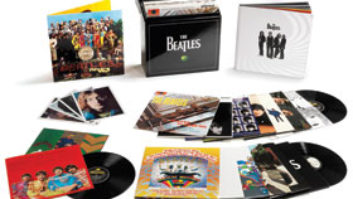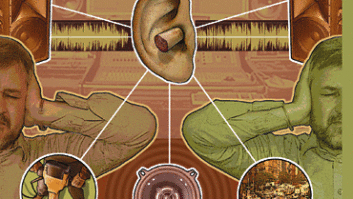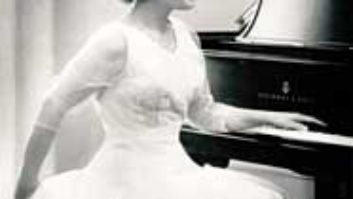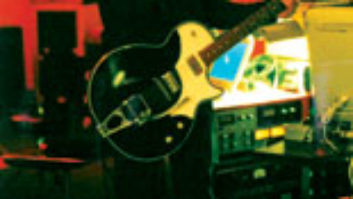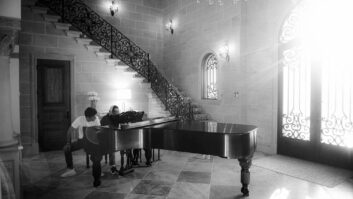A little bit of all of us died last week. I went by Mike Quinn’s Electronics in Oakland, Calif., and saw the “Closed — Out of Business” sign in the window. Sure, there are plenty of other electronics parts sources, locally and through catalogs or Websites, but this one was different.
Born out of a creaky metal quonset hut near the Oakland Airport, this San Francisco Bay Area fixture served the inventor/hobbyist/experimenter for decades with a seemingly endless supply of electronic junk. A power supply from this, a main board from that, whole units, pieced-together prototypes, and more cables, components and semi-describable stuff than you could imagine — all with price tags leaving the buyer with no reason not to bring home an assortment of treasures to clutter that garage/workshop.
But beyond serving as a cheap-parts source, places like Quinn’s offer inspiration. A couple of years ago, after the last day of NSCA Orlando, I visited Skycraft Surplus (a similar outlet in nearby Winter Park), and sure enough, about half the manufacturers from the show were there — including innovators such as John Meyer and Hartley Peavey — sifting through its offerings.
At one time, just about every town had a “by-the-pound” surplus joint, but like drive-in theaters and full-service gas stations, these are a dying breed. Now I’m not overly nostalgic about the “good old days,” because there’s not much fun in going back to a 1970s-era ¼-inch reel-to-reel multitrack and small mixer setup that cost more than today’s 24-track, disk-based recording rig. Driven largely by micro-electronics, today’s world is a much different place; it’s pretty hard to salvage the “good” capacitors off a four-layer surface-mount board, and even minor mods to such gear are nearly impossible. With this in mind, the parts store becomes a metaphor — much like the inventor’s workbench — and just one piece in the formation of an idea.
We live in a hybrid hardware/software world, driven by incremental changes, with few real breakthroughs. Today, the clock ticks toward the FCC-mandated digital television changeover, but aside from more programs and improved sound/picture, will DTV create a real revolution? Probably nothing like the stir caused by the first commercial radio and TV broadcasts, which caused entire families to huddle in their living rooms, mesmerized by the sounds and pictures beamed into their homes from afar. The talking motion picture of 1926 not only forever changed the medium, but brought the need to create large, high-fidelity playback systems — the birth of modern sound reinforcement.
As a more recent example, consider Apple’s iPod — it’s a cool, personal playback system, but so was Sony’s Walkman. But combined with Internet music distribution, the portable MP3 player becomes a true revolution. In pro audio, true innovations are few and far between. The capabilities of today’s recording workstations are lightyears beyond those of tape multitracks, but the evolution of the DAW now goes back nearly a quarter-century — hardly an overnight success.
Walking around this month’s NAB show, there will be much that will awe and inspire. But the surest bet in Las Vegas? The next Thomas Edison will more likely be writing code into a keyboard than tinkering at a workbench.
